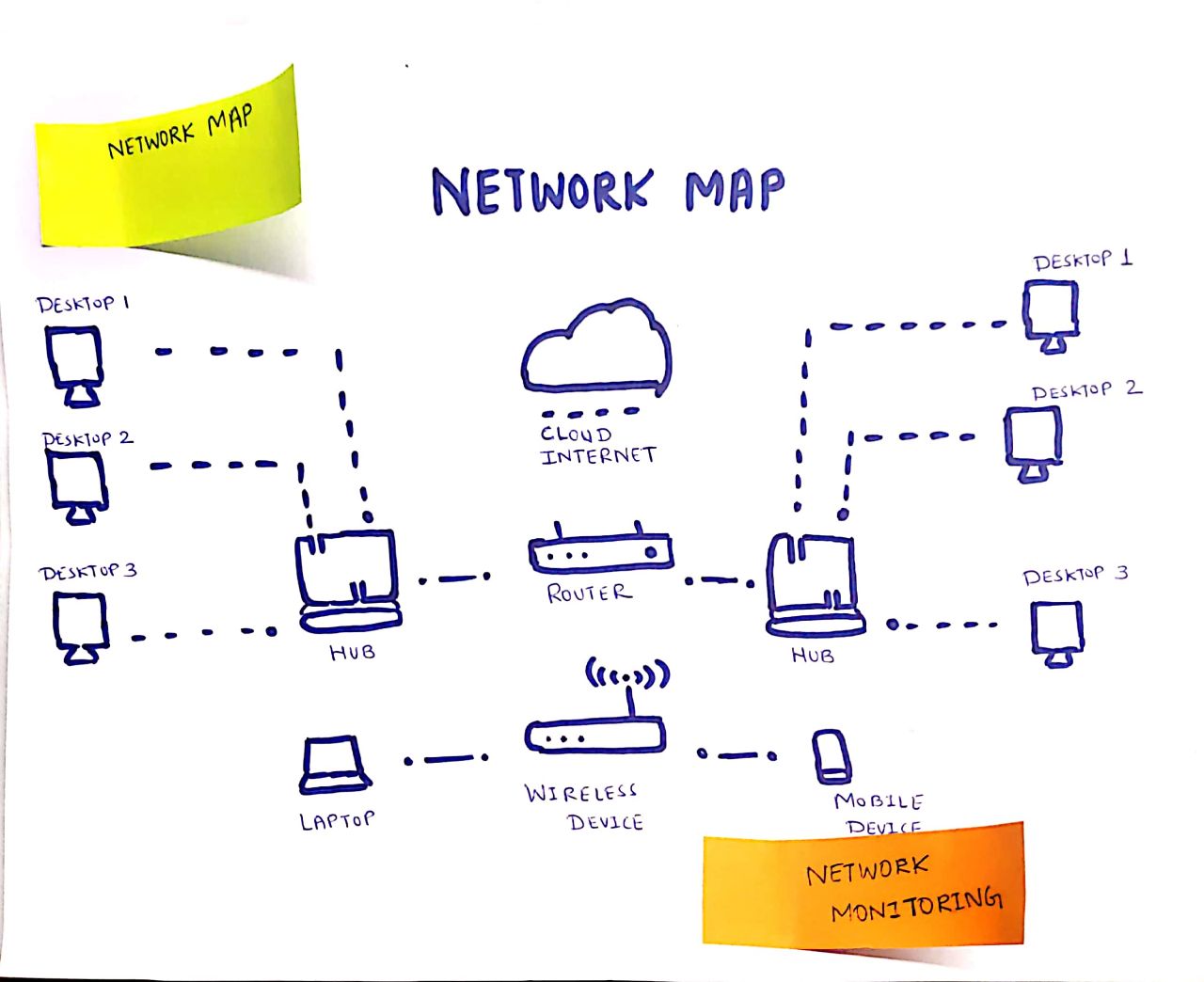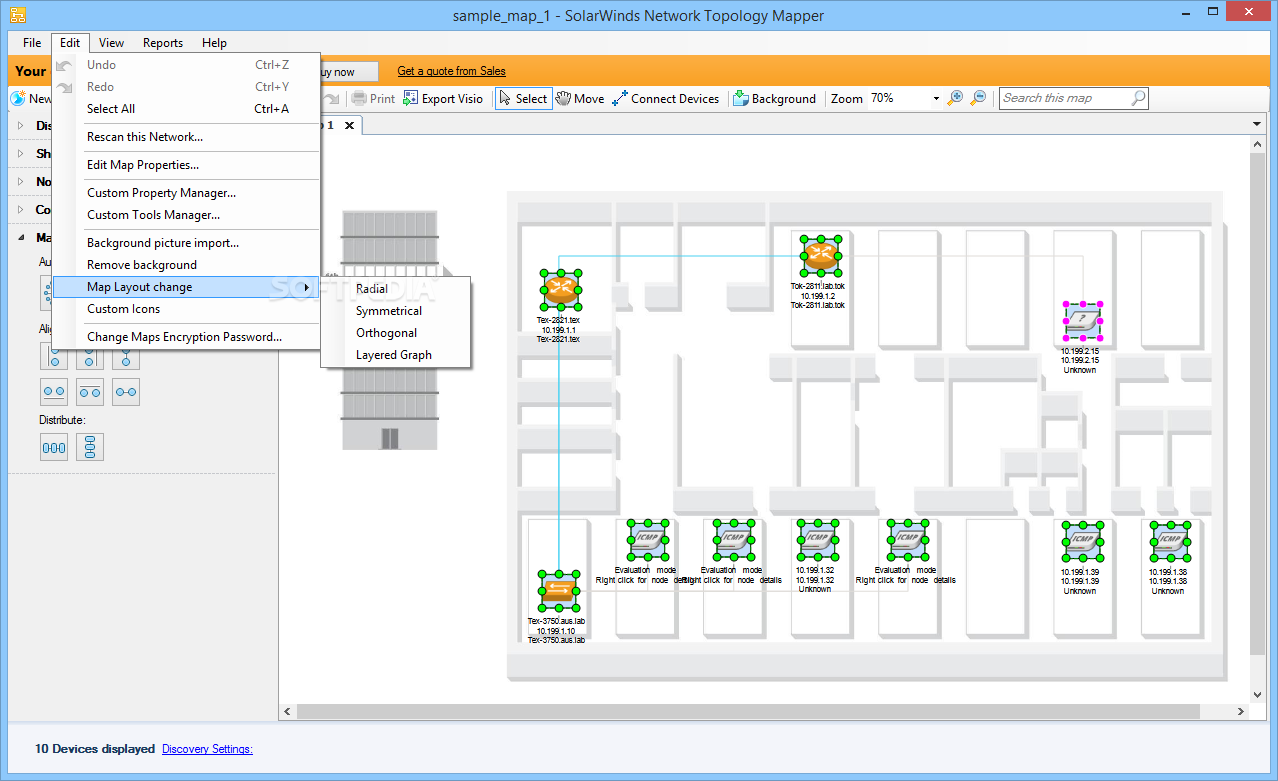

HAN uses wired, cable, or wireless connections to link a household’s digital devices. A network contained within a user’s home that connects a person’s digital devices.The computers are geographically close together (that is, in the same building). LAN or local net, connects computers and devices in a limited geographic area, such as one office, one building, or a group of buildings close together.A data network designed for a town or city. MAN is a communications network covering a city or a suburb.WAN is a communications network that covers a wide geographic area, such as a country or the world. The computers are farther apart and are connected by telephone lines or radio waves.Types of Networks: WANs, MANs, LANs, HANs, PANs, & others How do the sizes of networks differ? The Benefits of Networks What are five ways I might benefit from networks?
#Free network topology mapper for workgroups series#
A network is a series of points or nodes interconnected by communication paths.


A typical analog device is a clock in which the hands move continuously around the face. Describes a device or system that represents changing values as continuously variable physical quantities. Analog continuously varying in strength and/or quality–fluctuating, evolving, or continually changing.The Analog Basis of Life: Electrical Signals as Continuous Waves What does “analog” means? All data that a computer processes must be encoded digitally, as a series of zeroes and ones. There is no simple way to represent all the values in between, such as 0.25.

Computers are digital machines because at their most basic level they can distinguish between just two values, 0 and 1, or off and on. Each 0 and 1 signal represents a bit. Describes any system based on discontinuous data or events.


 0 kommentar(er)
0 kommentar(er)
